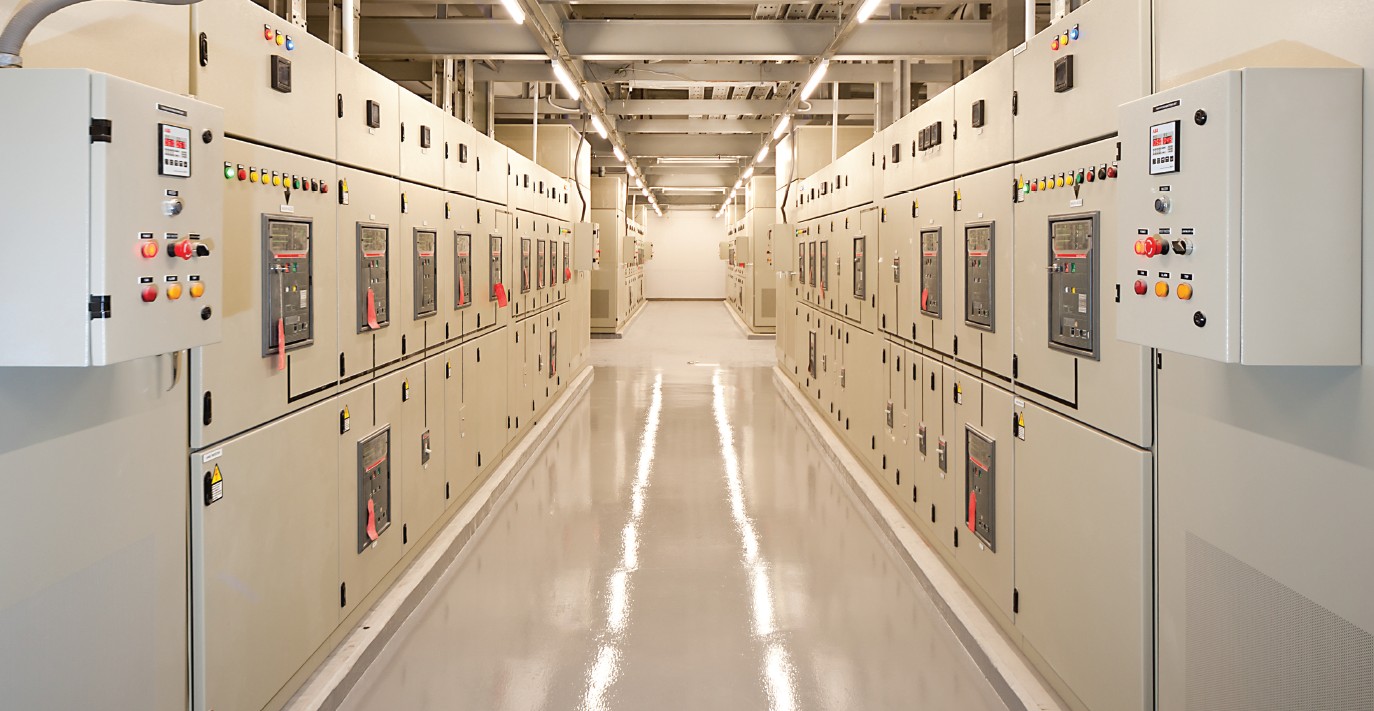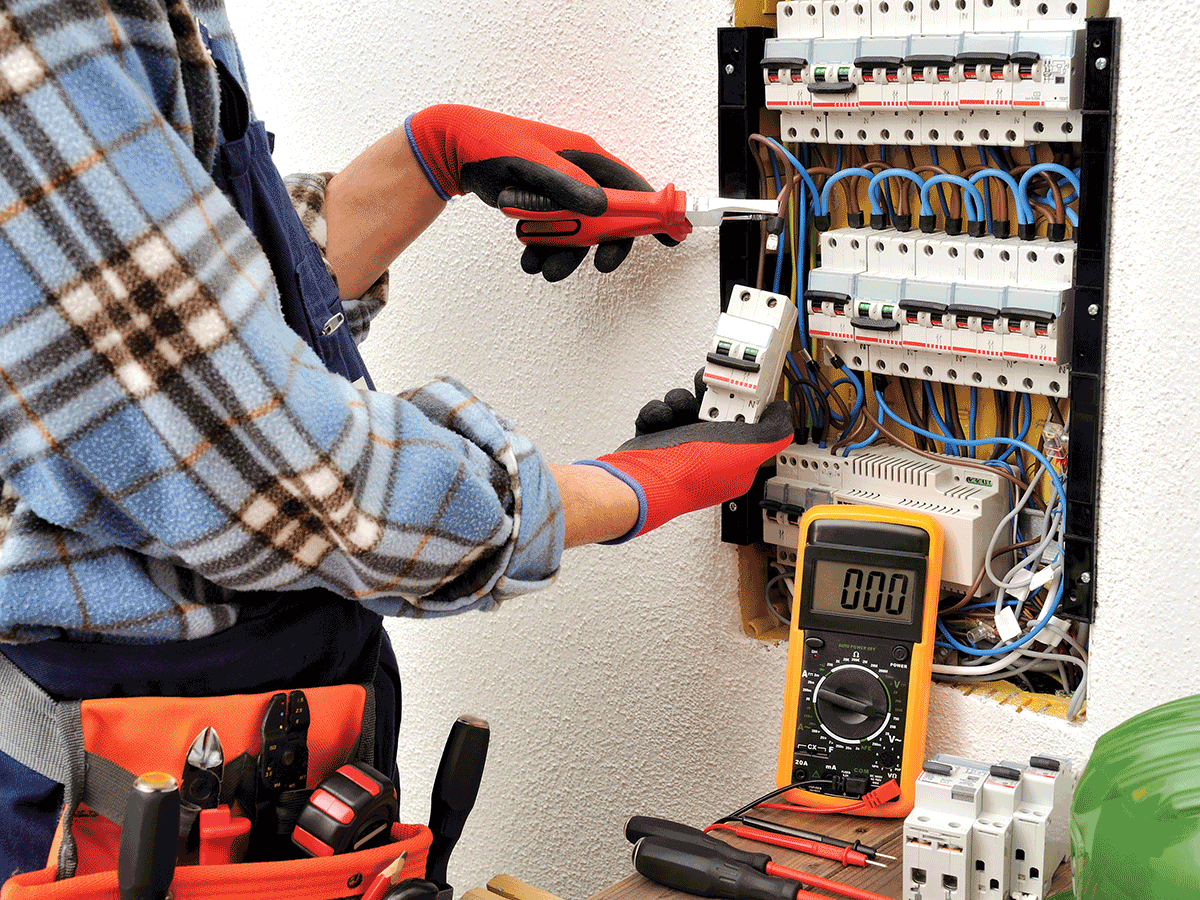Welcome to the Rodney Dangerfield of NEC articles! Irrigation machines? Most of you will labor your entire electrical careers without ever having seen one of these, let alone inspect or wire one. Back in 1973, proposal number 115 was submitted to code-making panel 11 by the Technical Subcommittee on Electrically Driven Center-Pivot Irrigator Systems. This proposal was to add a new article 675 to put in place requirements that dealt with the unique characteristics of this type of equipment. It is no surprise that it was proposed for Chapter 6; if this isn’t special equipment, I don’t know what is. The simple fact was that trying to apply the general rules of the Code to these machines was not adequate. We’re not talking about just a lawn sprinkler here, we’re talking about a lawn sprinkler on steroids. The supply end of the machine may be over a quarter-mile from its transformer, feeder or service equipment and the machine itself may be over a quarter-mile long. Couple that with the fact that these things move and are operating in the middle of literally tons of water and you have a very special set of circumstances to consider.
The panel’s action was to hold this on the docket and a task committee was appointed to review the new article. The results of the task committee’s action then appeared in NEC-1975.
One point to keep in mind is that this article only covers the machine itself for the driver motors or control or signaling circuits. Some machines are driven hydraulically and use 30 volts or less control circuits. Electric pump motors that supply the water to the irrigation machine are covered in the general requirements of the Code.
The new article contained rules for determining the current rating of the machine, its disconnecting means, and branch-circuit protection. For the most part, these rules were rooted in Article 430 but modified to meet the typical characteristics of the machines. Special attention was paid to the type of wiring used to interconnect the various driver motors on the machine, and the article sets forth the construction requirements for the cable required to be used in 675.4. This is an irrigation cable or an irrigation cable assembly as covered in Underwriters Laboratories categories (OOFY) or (OFJZ). Other cables or assemblies may be used in lieu of listed irrigation cable but must meet the construction requirements of 675.4(A). The specific type of cable was chosen as the interconnect method because, as mentioned in the substantiation, other types of conduits and cables have been tried and were found to be impracticable. Remember, these machines are moving over uneven terrain, are subject to flexing, operate in the presence of many different types of chemicals and fertilizers, are subject to freezing and thawing, and of course are right in the middle of the watering operations.
Other rules modified some specific provisions in Article 430 just due to the nature of these beasts. For example, 675.10(A) dealing with overcurrent protection for several motors on one branch circuit allows for motors up to 2 horsepower and up to 30-ampere branch circuit protection rather then the one horsepower and 15- or 20-ampere protection that is required in 430.53(A). The original technical subcommittee determined that due to the circuit lengths involved, the prospective fault current at the downstream controllers was greatly reduced and the requirements of 430.53(A) were more restrictive than necessary for these installations.
Another consideration that was placed in the article was to require an equipment grounding conductor to be sized not less than the power conductors feeding the equipment on the machine. This was done to provide a low-impedance return path given the lengths involved.
Still another modification of Article 430 involves how the current rating of the machine is determined. Section 675.7 tells us that where intermittent duty (of the motors) is not involved, the provisions of Article 430 apply. Where intermittent duty is involved, the methods set forth in 675.7(A) and (B) are to be used. Those methods are based on tests and operating experience and take into account the inherent diversity of motor operations when the machine operates in a circle. Remember these are the driver motors and to move the machine in a circle the inboard motors will not be operating for the same period of time as the outboard motors.
One last consideration that sometimes gets overlooked is the provision of 675.15 that requires a machine with a stationary point to have a grounding electrode system complying with Part III of Article 250 connected to the machine at the stationary point for lighting protection.
All in all, the article has seen very few changes since its inception and the rules developed continue to provide for a safe and practical installation. The next time you are flying over the Southwest and look down at those half-mile green circles, you can thank Article 675 for them.














Find Us on Socials